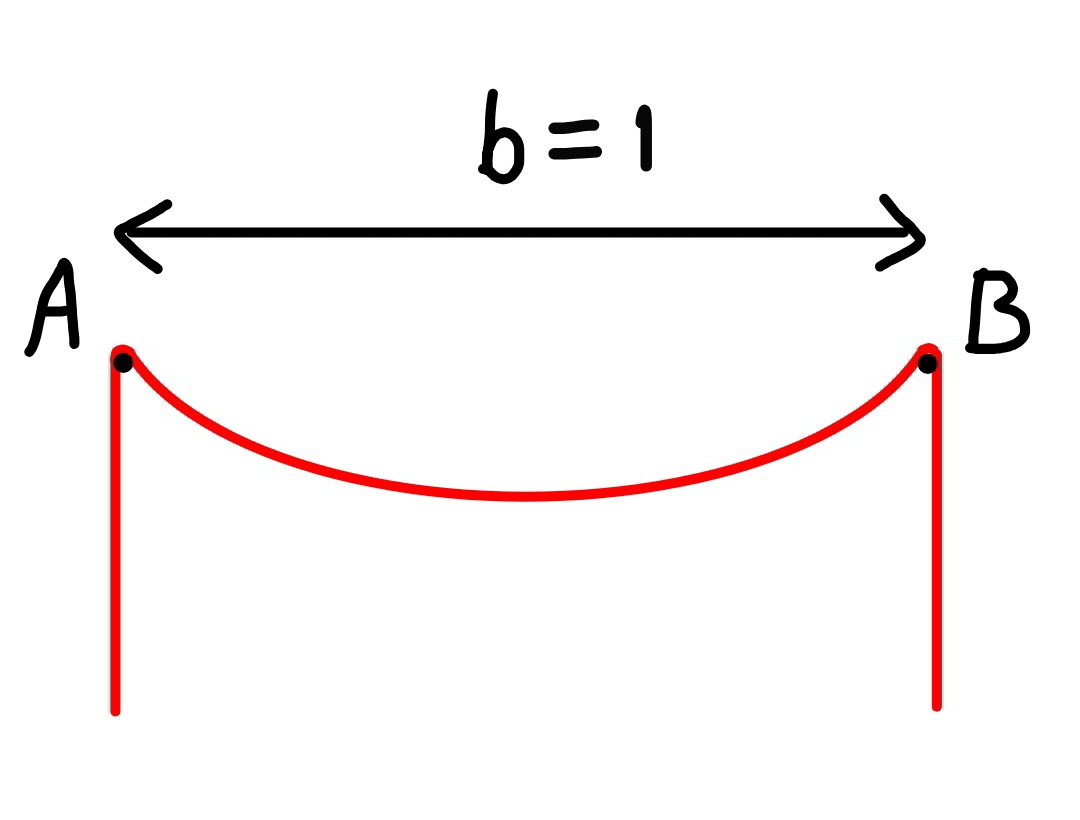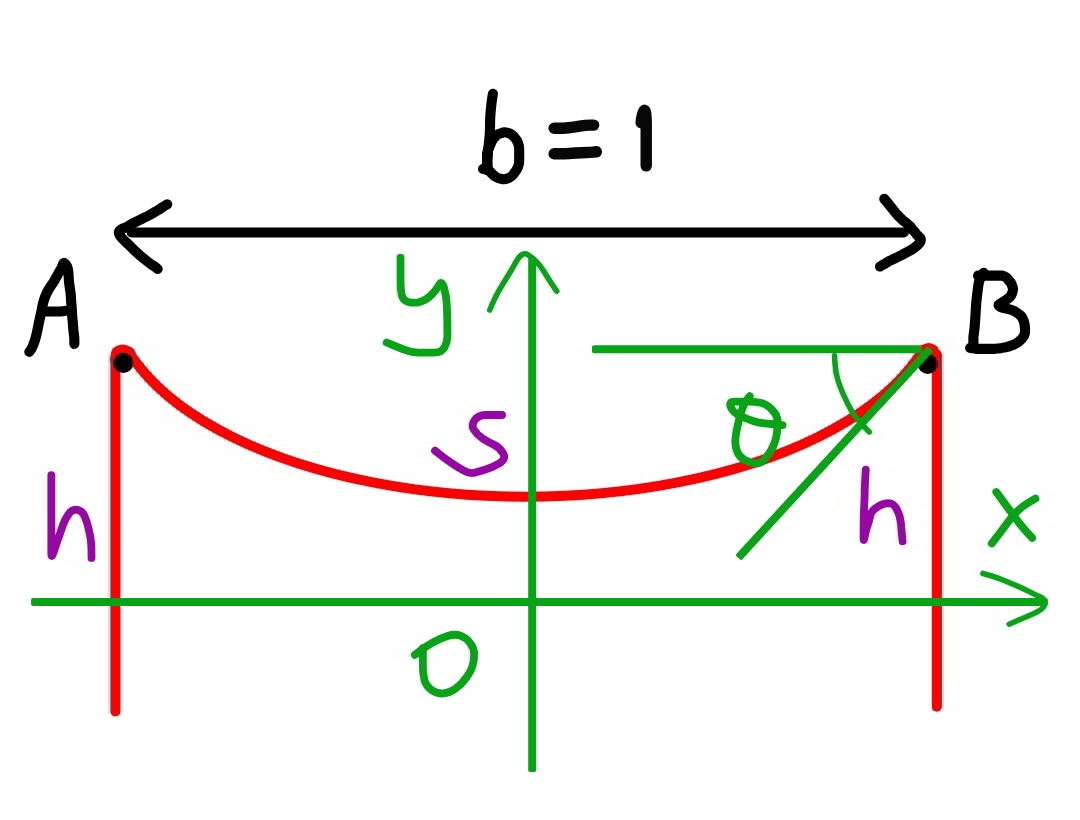
Question and Answers Forum
Question Number 66310 by mr W last updated on 12/Aug/19

Commented by mr W last updated on 12/Aug/19

Answered by mr W last updated on 13/Aug/19

Commented by mr W last updated on 14/Aug/19

| ||
Question and Answers Forum | ||
Question Number 66310 by mr W last updated on 12/Aug/19 | ||
 | ||
Commented by mr W last updated on 12/Aug/19 | ||
 | ||
Answered by mr W last updated on 13/Aug/19 | ||
 | ||
Commented by mr W last updated on 14/Aug/19 | ||
 | ||